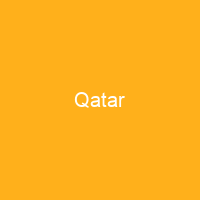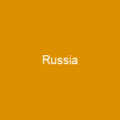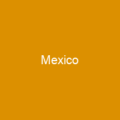Discovering Qatar: A Journey Through Time and Transformation
The Land and People
Imagine a land where history whispers through ancient stones and modern marvels rise from barren sands—this is Qatar. Nestled in the heart of West Asia, this small but mighty nation shares its sole land border with Saudi Arabia and boasts an official capital, Doha, which houses over 80% of its population. The country’s rich tapestry of history dates back to 50,000 years ago, with early human settlements and tools found on the peninsula. As we delve into Qatar’s past, it becomes clear that this land has witnessed countless civilizations rise and fall, each leaving an indelible mark.
From Ancient Civilizations to Modern Times
Settlements from the Stone Age have been discovered here, alongside Ubaid period artifacts dating back to around 6500-3800 BC. The Dilmun polity, which encompassed Qatar, Bahrain, Kuwait, and parts of Saudi Arabia, thrived during this time. Trade relations between Qatar and the Kassites were established in the second millennium BC, setting the stage for a bustling commercial hub. As we move through history, we see how Qatar played pivotal roles in various empires, from the Sasanian Empire to the Ottoman Turks, each leaving its unique imprint on the nation’s development.
From Monarchy to Modernity
The modern era of Qatar began with a hereditary monarchy that became a British protectorate in 1916. Independence was achieved in 1971, marking the beginning of a new chapter for this small nation. Today, Qatar is a high-income economy with the fourth-highest GDP per capita and ranks 42nd in the Human Development Index. Its economy is driven by significant natural gas reserves, making it one of the world’s largest exporters of liquefied natural gas.
Strategic Alliances and International Relations
Qatar has emerged as a major non-NATO ally of the United States and a middle power in the Arab world. It is part of the Gulf Cooperation Council, playing a crucial role in regional politics. The country’s strategic location and rich resources have made it an influential player on both local and global stages.
From Pearl Trading to Global Hub
The history of Qatar is intertwined with its natural resources. From ancient times, pearl trading was a significant part of the economy. However, with the discovery of oil in 1940, the nation’s focus shifted dramatically. Today, Qatar is not only a leading exporter of liquefied natural gas but also a global hub for tourism and education.
Education and Healthcare
The country has made significant strides in education and healthcare. With low illiteracy rates and high standards of living, Qatar boasts several top-ranked universities and world-class medical facilities. The government’s commitment to improving these sectors is evident through its National Vision 2030 initiatives.
Challenges and Opportunities
While Qatar has achieved remarkable progress, it faces challenges such as human rights issues and the treatment of migrant workers. However, efforts are being made to address these concerns, including reforms aimed at improving labor laws and worker rights.
A Global Player
Qatar’s role on the global stage is multifaceted. It has hosted major international events such as the 2022 FIFA World Cup and continues to engage in regional diplomacy through initiatives like mediating peace talks in various conflicts. The country’s strategic alliances with nations like France, China, and the United States further cement its position as a key player in global politics.
Conclusion
In conclusion, Qatar is a nation that has transformed from ancient settlements to a modern powerhouse. Its rich history, strategic location, and abundant resources have made it an influential player on both regional and international stages. As Qatar continues its journey towards a knowledge-based economy, the challenges it faces will shape its future in ways yet to be fully realized.

You want to know more about Qatar?
This page is based on the article Qatar published in Wikipedia (retrieved on January 12, 2025) and was automatically summarized using artificial intelligence.







